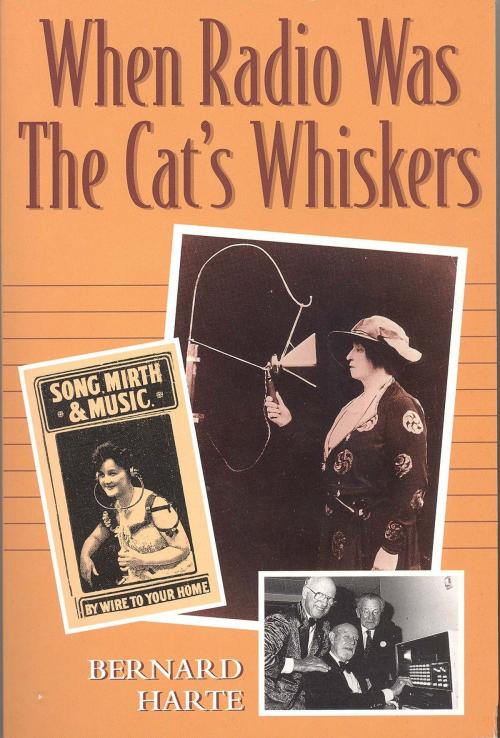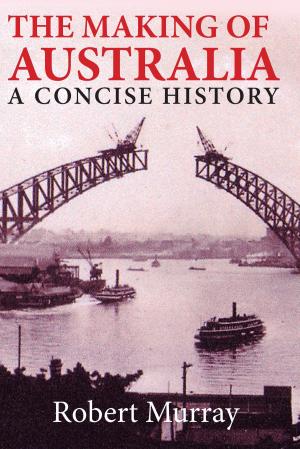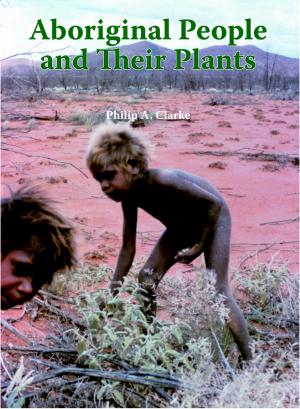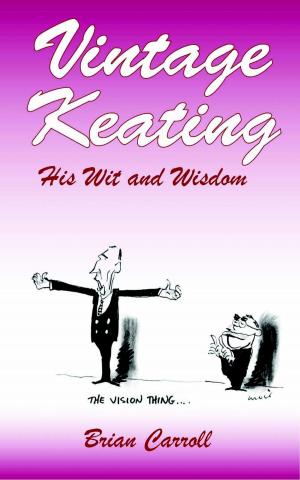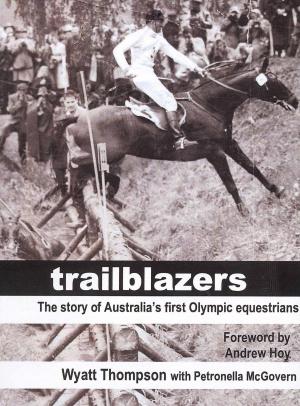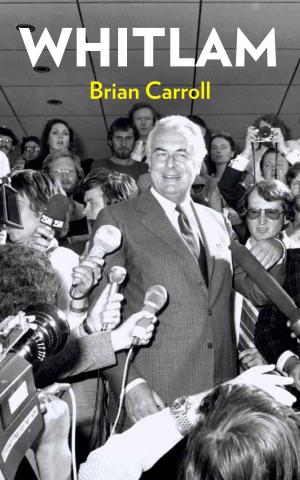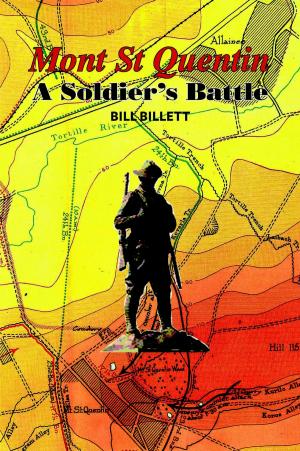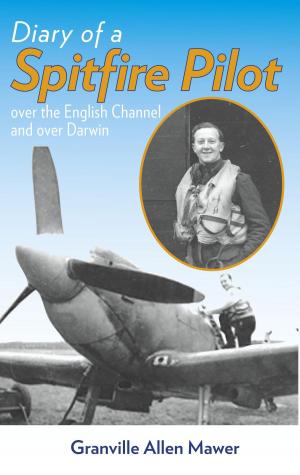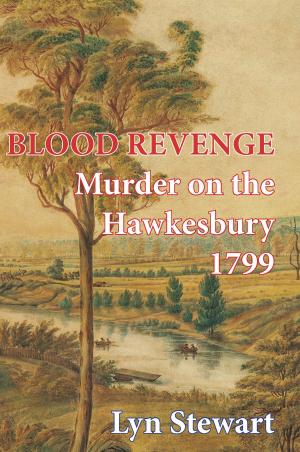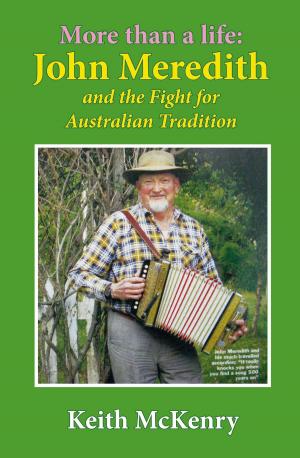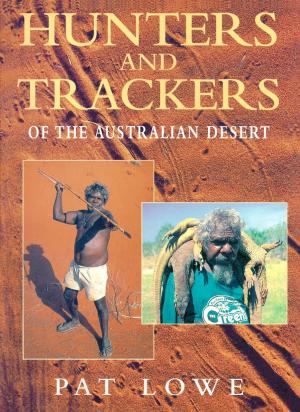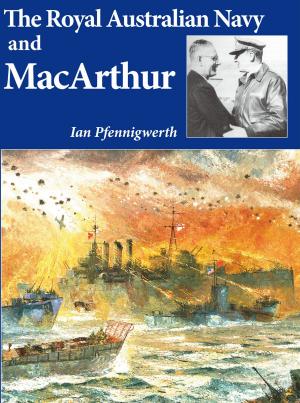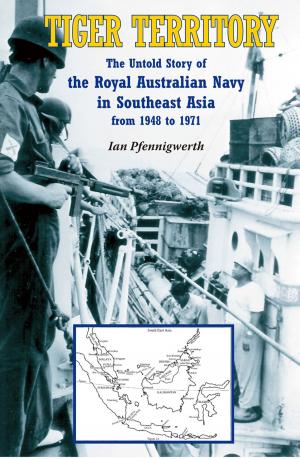| Author: | Bernard Harte | ISBN: | 9781921719714 |
| Publisher: | Rosenberg Publishing | Publication: | December 15, 2009 |
| Imprint: | Rosenberg Publishing | Language: | English |
| Author: | Bernard Harte |
| ISBN: | 9781921719714 |
| Publisher: | Rosenberg Publishing |
| Publication: | December 15, 2009 |
| Imprint: | Rosenberg Publishing |
| Language: | English |
The power of radio was crucial to opening up Australia to the rest of the world. Its potential for communication was recognised very early in this country, both as medium and message, and could not have been more loved and admired than by Bernard Harte, a small boy growing up in Brisbane in the 1920s, who devoted his life to this exciting form of communication. When Radio was the Cats Whiskers is more than just a history of radio in Australia, it is about an Australian radio pioneertechnician, broadcaster and master of making-do. Harte has documented the history of radio as he lived it, research and anecdote combined with illustrations from days gone by. Interspersed among a wealth of personal recollections, often highly amusing, he tells of the first long-distance wireless communication in Morse code in 1901, of Melbourne station 3LOs opening broadcast in 1924 featuring one of Dame Nellie Melbas farewell performances, of the pedal wireless that transformed life in the outback, and how early broadcasters simulated the sound of bat on ball in the studio as they provided live broadcasts of Test matches.
The power of radio was crucial to opening up Australia to the rest of the world. Its potential for communication was recognised very early in this country, both as medium and message, and could not have been more loved and admired than by Bernard Harte, a small boy growing up in Brisbane in the 1920s, who devoted his life to this exciting form of communication. When Radio was the Cats Whiskers is more than just a history of radio in Australia, it is about an Australian radio pioneertechnician, broadcaster and master of making-do. Harte has documented the history of radio as he lived it, research and anecdote combined with illustrations from days gone by. Interspersed among a wealth of personal recollections, often highly amusing, he tells of the first long-distance wireless communication in Morse code in 1901, of Melbourne station 3LOs opening broadcast in 1924 featuring one of Dame Nellie Melbas farewell performances, of the pedal wireless that transformed life in the outback, and how early broadcasters simulated the sound of bat on ball in the studio as they provided live broadcasts of Test matches.
